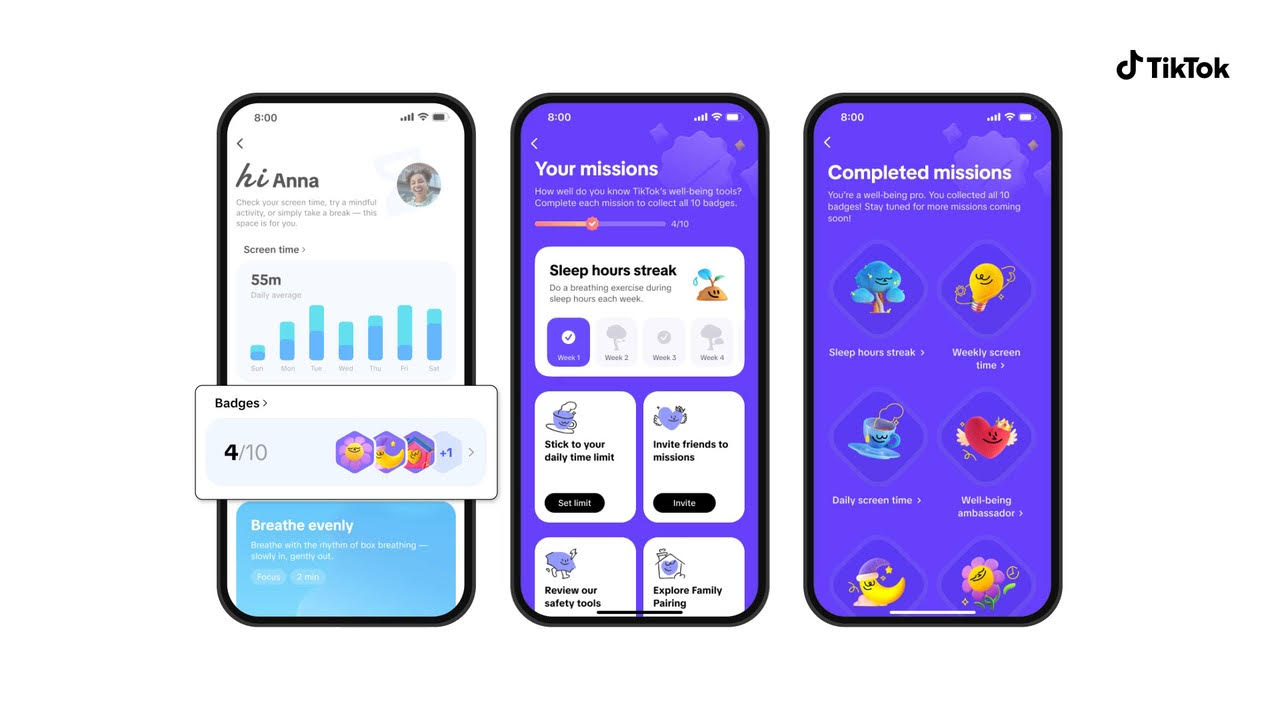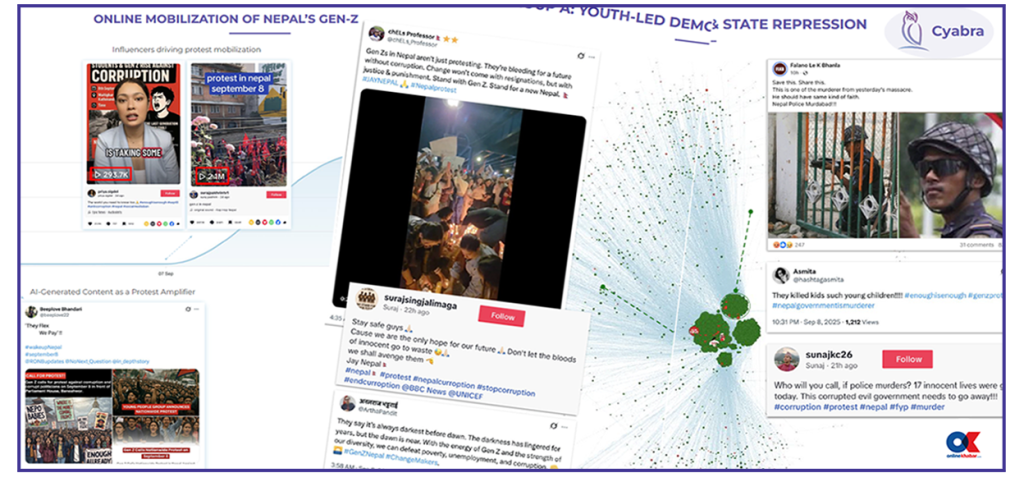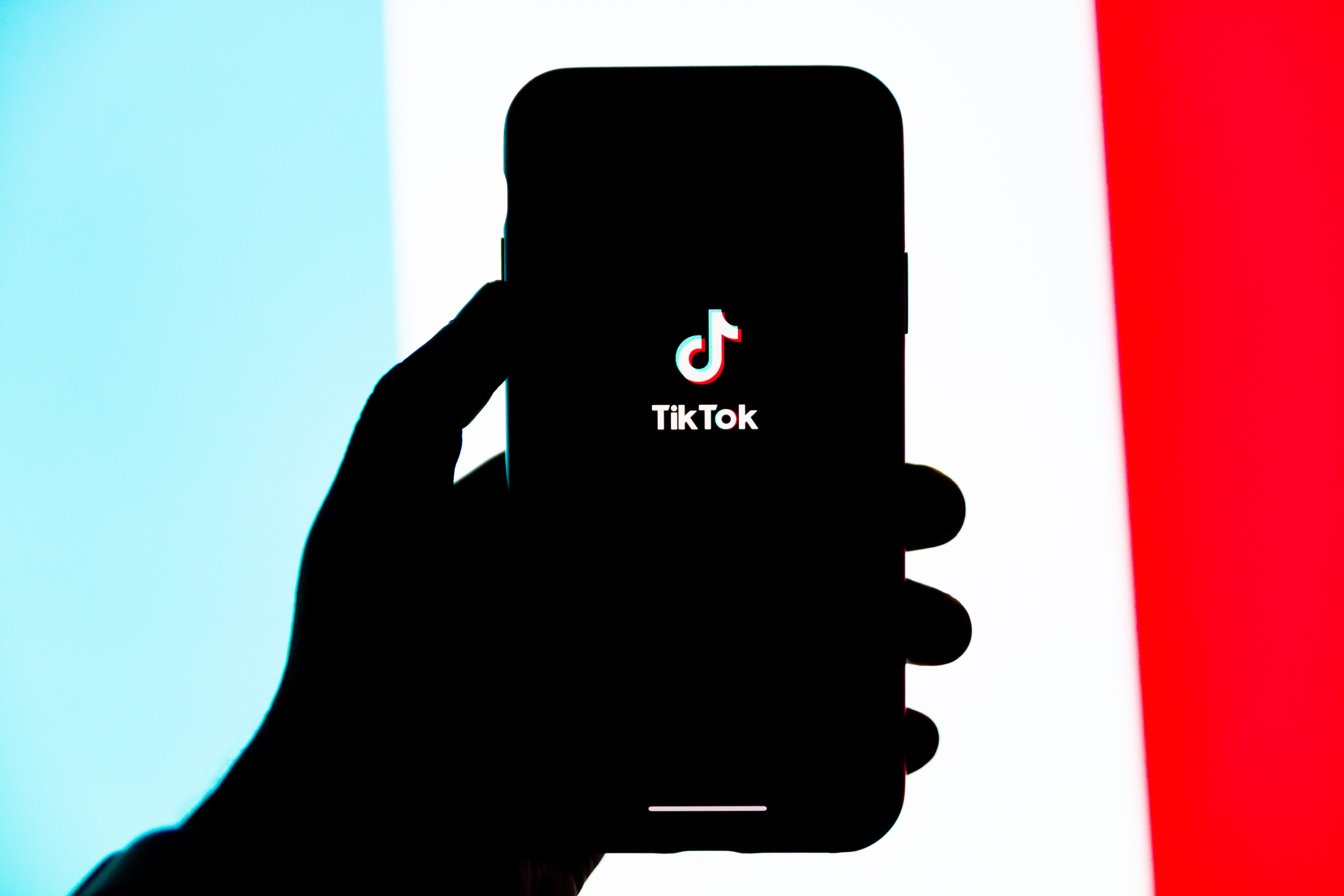
A couple of weeks ago, Sandesh Poudel, a BBA student from Bhaktapur, was scrolling TikTok until he was stopped by a video with the caption — The coronavirus infection rate has increased again; the government is planning to impose lockdowns again.
This video was voiced over in such a way that it was a piece of TV news. Immediately after watching the video, he reposted it and sent it to some of his friends. He got worried that the situation might force him to take online classes like in the previous lockdown, which he dislikes and finds unproductive. However, later, he found that it was a piece of fake news.
According to Nepal Check, a fact-checking website, as of March 24, the same video was viewed more than 723,000 times and received over 1,800 likes. It means many others like Poudel were deceived by the information.
TikTok in recent times has been accused of data breaching and becoming an effective medium for spreading fake news and misinformation. Hence, lawmakers in the United States, Europe and Canada have escalated efforts to restrict access to TikTok. BBC has also advised staff to delete TikTok from corporate phones because of the fear of privacy and security breach.
Amid all these scenarios, the popularity of TikTok is on the rise in Nepal, worrying stakeholders here about people’s increasing vulnerability to fake news, misinformation and disinformation.
TikTok and fake news

Lately, TikTok has been a dominant source of news and information for thousands of people globally. Reports show that TikTok officially has over one million monthly active users. Its users are increasing significantly in different parts of the world and Nepal remains no exception.
Reportedly, there are 2.2 million active TikTok users in Nepal, although social media experts believe that the actual number may be higher. According to the 2021 census, 72.94 per cent of households have smartphones. All of them can be considered potential TikTok users.
For information activists and fact-checkers, these numbers are also the potential number of people vulnerable to fake news as TikTok is globally known for this. They say there is no exact data on how often false information spreads through TikTok, although there are claims that it happens every day.
According to Deepak Adhikari, the editor at Nepal Check, TikTok is relatively weak in implementing its community guidelines to tackle disinformation, misinformation and data breaching. Neither does it have a third-party fact-checker like Facebook.
“The older events and news get viral on TikTok to appear as if they happened recently,” he says, “People usually do not check dates. They are not concerned about details, which makes them prey to deception.”
It is not that only TikTok is spreading fake news; there is some fake news on other platforms like Facebook, Twitter and YouTube too. But to some extent, they have tried to combat fake news, misinformation and disinformation, he says.
For example, Facebook has third-party fact-checkers and Twitter has community notes, to combat fake information. YouTube is also collaborating and giving funds to International Fact-Checking Network to support fact-checking initiatives worldwide and reduce the harm of misinformation.
Fact checker Umesh Shrestha has also found TikTok heedless in addressing the issue of fake news and false information. He says that multiple times he reported false content to TikTok, but it did not respond. “Facebook and Twitter are responsive in such cases although they also do not address it instantly,” he says.
Mala fide intent vs innocence
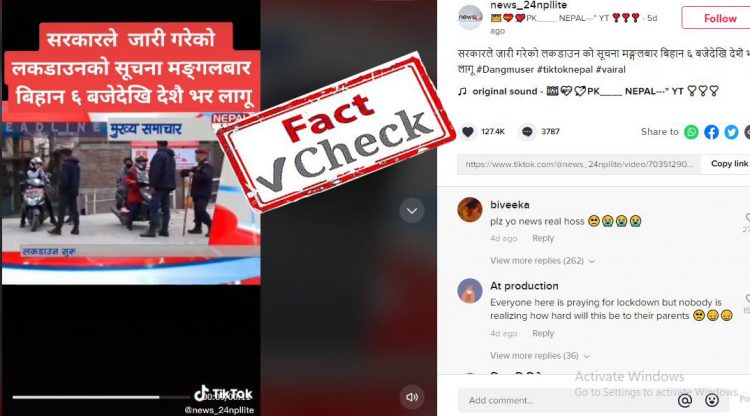
Adhikari says he is actively checking TikTok for the past three years and has found more fake news than right information there. More precisely, he says, there is more misinformation than disinformation (more unintentionally presented false information than intentionally presented one). “People share videos to make people aware without knowing they are just fake information,” he says.
According to Shrestha, people on TikTok randomly share posts for entertainment, without knowing their genuineness, which also results in misinformation.
Yet some people are active on TikTok with an apparent intention to spread fake news and false information. Adhikari, says political cases spread false information and doctored images to attack the opposition.
Fact-checkers agree that the unique feature of TikTok that allows users to mix audio and video easily, the most decisive factor behind its growing popularity, can deceive people. “A single voice can be used in multiple videos, due to which fake content can be easily created and transferred,” says Shrestha.
Prevention and control
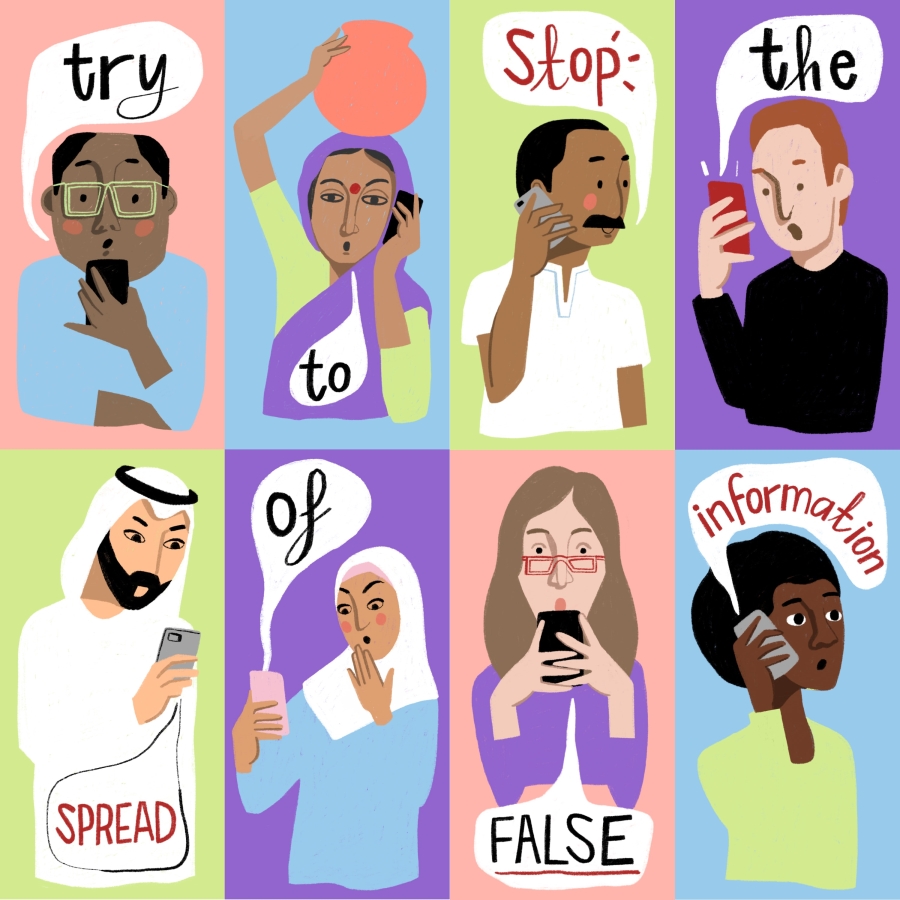
Amid the growing use of TikTok by different generations in Nepal, Shrestha says spreading awareness is the most effective means to prevent and control fake news.
Agreeing with Shrestha, Adhikari says TikTok should also mobilise a local moderator in the country to implement its community guidelines so that the false content spreading in local languages can also be detected.
But before that, national regulators should make efforts to address the issue, Adhikari says. “Still, we don’t have any policy to mitigate misinformation and disinformation.”
As of now, social media influencers are also seen spreading fake news and false information. The facility to monetise content has propelled them to do so. “Their ability to make money increases with the number of viewers they have. So, to gain more followers, users promote false things that will interest a larger audience and allow them to make money,” says Adhikari, adding that influencers should now be asked to channelise their content towards controlling misinformation and disinformation.
Meanwhile, of late, some mainstream media have begun covering all viral content from social media. But observers warn such a practice can help amplify fake news. Ghamaraj Luitel, a lecturer at the Tribhuvan University Department of Journalism and Mass Communication, says, “The quantity of fake information will multiply if they are disseminated through the media houses. It is now high time that the media houses hired fact-checkers in their newsrooms.”
On the other hand, cyber security experts say that there are measures to combat fake information, but due to the lack of policy, it is not being considered. Chiranjibi Adhikari, the general secretary of the CAN Federation, says, Nepal immediately needs such a policy to tackle growing fake news at the national level as social media companies take a long time to address issues reported from Nepal. “If they only start addressing the issues promptly, the issue related to fake information can be overcome to a larger extent,” he adds.
Meanwhile, Netra Prasad Subedi, the spokesperson at the Ministry of Communications and Information Technology, the government does not have a team to monitor the false information being spread on social media. Neither does it have any statistics related to the prevalence of misinformation and disinformation.
“In this situation, as an immediate solution, the government should form a high-level mechanism to coordinate with the social media companies so that the reported problem can be addressed immediately,” says Adhikari at the CAN Federation.






